Your 7 Point Checklist to Effective CPAP Use
Effective use of CPAP can make a significant impact on your health, well-being and general quality of life.
CPAP therapy is used to treat Sleep Apnea. Sleep Apnea is a sleep efficiency issue. An Apnea is an event during the night where the airway is obstructed during the night for 10 seconds or more. For these apnea’s to cease, one will wake themselves up to start breathing again. You will then go back to sleep and if another blockage occurs, you will wake up again to start breathing again. In a case of Severe Sleep Apnea – which is quite common, this occurs 30+ times per hour. So for an 8 hour sleep, that is 240 disturbances through the night.
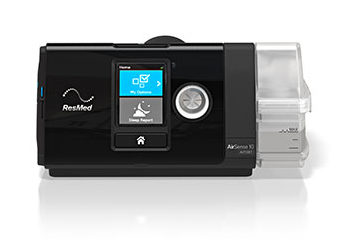
This 7 point checklist will provide you with knowledge, tips and advice to getting the most out of your CPAP therapy. We are going to discuss the ways to get the most out of CPAP therapy and make it as comfortable and useful as possible.
POINT 1 – Understand why you are using CPAP
Work out why you are using CPAP and find a professional you trust to help you on your CPAP journey.
As discussed, CPAP therapy is something that you wear on your face overnight that applies a pressure to your airway to enable you to breathe properly through the night. The pressure helps to minimise blockages of the airway through the night so that your sleep does not become disturbed.
In our experience we have found people that understand why they are using CPAP are often the ones that get the most out of it. Motivation to use is an important element here.
The statistics from the sleep study are often a good starting point to determining whether CPAP therapy is for you. Generally speaking, those with Moderate or Severe Sleep Apnea are most suited to CPAP. In saying that, we have had plenty of people who have been diagnosed with Mild Sleep Apnea see benefit.
Benefits of using CPAP
1) Stopping snoring and minimising partner disturbance
Generally people will make their first enquiry about sleep apnoea once they have been told by their partner that they are snoring or stopping breathing during the night. CPAP, in most cases, will stop snoring. The majority of bed partners of CPAP users also report that the person using CPAP will sleep more peacefully during the night.
2) Symptom relief
Secondly, we see a lot of people who have been referred to us by their Doctors after reporting daytime sleepiness and waking unrefreshed. With further probing, we will often find people are suffering with morning headaches, frequent need for the toilet during the night, reflux, dry, sore throat and general restless sleep. It is important before starting on CPAP to identify what symptoms you are experiencing. You may have been suffering with Sleep Apnea for a long time and putting up with a lot of these things thinking they are normal.
3) Management of other health conditions
We will also see patients that have been referred by their doctor or specialist to help with the management of health conditions. The discussions around these should be had with your GP or Specialist.
4) The statistics from your sleep study warrant treatment
From time to time we will see people who have been diagnosed with Sleep Apnoea who are not symptomatic or don’t have issues with snoring. By treating the statistics form the sleep study, it can often work as a preventative health measure.
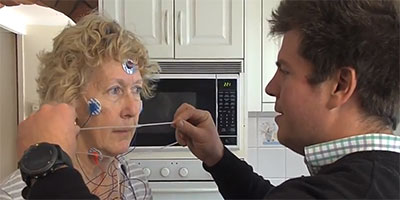
Point 2 – Trust your diagnosis
By getting a sleep study done with a quality home sleep study service provideror at a reputable hospital, you can trust that your diagnosis is accurate. We speak to a lot of people who firmly believe they do not snore or stop breathing, but then return Sleep Studies which present significant sleep apnoea. By conducting a Sleep Study with someone you can trust and is capable of educating you on what the diagnosis means, it gives you the best opportunity to succeed with your device.
Point 3 – Trial your equipment
CPAP is a tricky therapy to get used to. Prior to being diagnosed with Sleep Apnoea, it is likely you would have spent little to no time with something on your face while you sleep. Adjusting to a mask that is applying pressure to your airway, will take some adjusting. Typically CPAP trials will last for around a month. It is important to conduct a trial with your equipment before purchasing. This will allow you to see whether or not CPAP will work for you and it will also allow you some time to work out what equipment and settings are best suited to your needs. From time to time we talk to people who want to cut corners and just get on with it. In a lot of instances we find this strategy doesn’t work and a more patient approach allows for more effective long term use.
Point 4 – Use the equipment that is right for you
Following on from your trial, you will have had a good opportunity to see what works for you and what doesn’t. While it is a good idea to speak to others about their therapy and get tips, what works for them may not necessarily work for you.
The main things to consider are:
- Which mask you would like to use – be it nasal, nasal pillow or full face.
- Is an AutoSet or a Fixed Pressure machine best for you?
- Do you travel a lot? Is the ResMed AirMini or smaller machine the way to go?
By purchasing equipment that is comfortable and suitable for you at the start, you are more likely to have ongoing success. If your mask or machine is making a lot of noise, make sure you bring this up with your therapist as there are several different products and settings that can be adjusted to help.
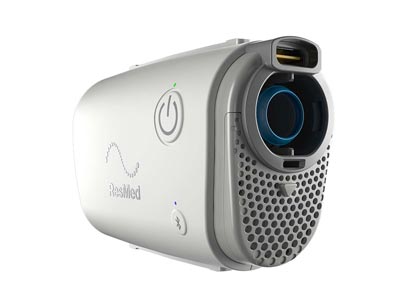
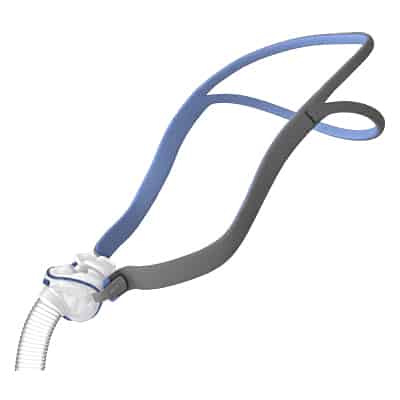
Point 5 – Ensure your data and equipment are checked regularly
Once you are established on CPAP, it is important to ensure that it is working as it should be. After all, if you are putting the effort into wearing your equipment every night, you want to ensure that it is actually doing the job it should be. The two things that need checking are the stats from your CPAP machine and the integrity of your equipment
1) The key statistics from your CPAP machine are:
Usage – we can get nightly, weekly, monthly, yearly readings
AHI – partial or complete blockages of the airway for 10 seconds or more per hour
Leak – air escaping out the mask seal
Please note, the statistics are not the be all and end all of CPAP therapy. What they do provide is reassurance when it is working correctly and it will also provide some insight into things that may need fixing.
As you progress through CPAP therapy, you will learn more about how to self check your therapy. Keep asking your therapist questions on what to look for here.
With the modern machines, they will also contain remote monitoring which will allow your therapist to see how you are going without you having to come into the clinic.
2) Your equipment
From time to time your equipment will need to be replaced. It is often underestimated how much use we get from our CPAP equipment. For example, if we were to use our CPAP therapy for 8 hours a night, this would equate to 56 hours a week or around 2900 hours a year.
This means maintaining your CPAP equipment is important. Cleaning our humidifier tubs, the heated tubing and masks should be happening on a regular basis. It is also important to clean the air filter from time to time within the machine.
As the more modern masks have become softer and less harsh to wear, the trade off is you will need to replace parts more frequently. The beauty of the modern masks is that we can replace headgear and cushions which means you get the new mask feel at a fraction of the cost.

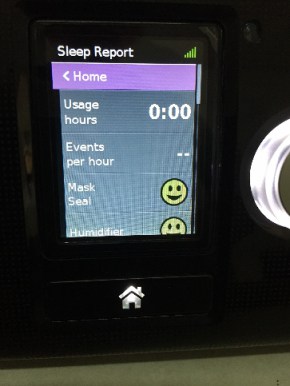
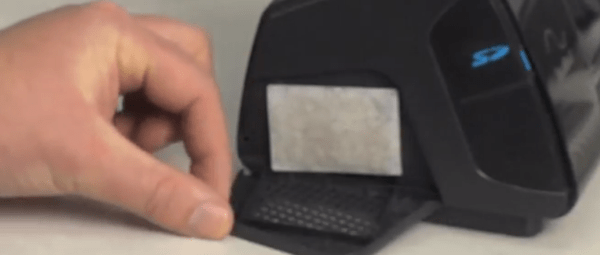
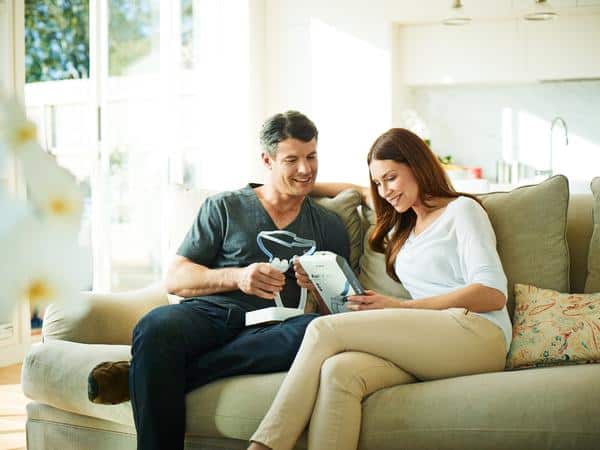
Point 6 – Educate the people around you why you are using CPAP
For people with partners or those who love to travel, putting the mask on around other people can be a bit daunting. We advise you to wear your mask, even if you are a bit embarrassed as sleep apnea is a health condition. People around you will also benefit from having a more peaceful night sleep as you will not be snoring or having pauses with your breath during the night.
Sleep apnea is also much more common than you think. Should it come up in conversation, you will notice more and more people say they either have it as well or know someone who has it.
Point 7 – Persistence is important
CPAP can make a big difference to your Quality of Life. What we will often find is that people will stop using their therapy after a period of time despite knowing that it helps with their quality of life and general wellbeing. When people stop their treatment, they will generally go back to feeling how they were before they started.
This can be because people think they are “fixed” or something may not be right with their therapy causing them to be uncomfortable or have noisy equipment. This may be easily fixed with a tweak of some settings or replacing a simple part.
If you do think you want to stop CPAP therapy, it is important to discuss this with your Doctor. Even if heading away for a night or two, it is worth having a discussion with your Doctor about the implications of missing these nights.
Summary
If you have been diagnosed with Sleep Apnea and have found treatment to be effective, then stick at it! By getting a good team around you, it will make your life easy and you will get the guidance and equipment that you need when things aren’t working as you’d like them too. Quite often, if you have an issue with your therapy there will be a solution that you may not be aware that exists. If you wish to speak with one of our CPAP equipment experts, we have an online CPAP equipment review available. Simply click here to find out more.

[* Shield plugin marked this comment as “0”. Reason: Human SPAM filter found “cialis” in “comment_content” *]
My sleep disturbances were 58 .5 which my respiratory specialist advised was that I stopped breathing for 34 seconds each minute!!!!! He said that I was a ‘walking time bomb ‘ to have a heart attack etc any time!!!!
My current ResMed air mini is terrific! My current readings range between 0.5to 1.0
Yay! And now I wake up feeling great!